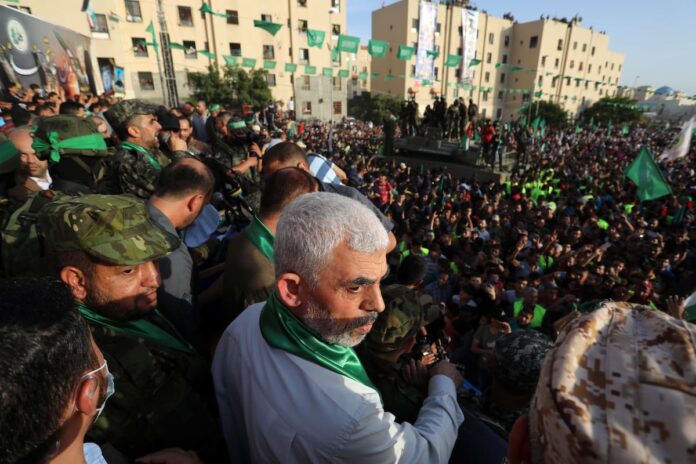Author: Belal Shobaki
Affiliation: Hebron University, Palestine
Organization/Publisher: Al-Shabaka, The Palestinian Policy Network
Date/Place: September 30, 2021/New York, USA
Type of Literature: Opinion Article
Word Count: 2693
Link:https://al-shabaka.org/commentaries/hamas-and-the-dilemmas-of-representation-and-curtailment/
Keywords: PFLP, PLO, Hamas, Second Intifada, Cairo Declaration.
Brief:
This commentary identifies the key dilemmas that Hamas reckons with as it participates in mainstream politics as a means to strengthen the Palestinian resistance movement and also reinforce the Palestinian Authority (PA) in the face of its rising external pressures. At the end of the Second Intifada, Hamas expressed its inclination to participate in the Palestinian Authority’s municipal and legislative elections, eventually winning many electoral contests. Previously, Hamas participated in the 2006 legislative elections, which was made conceivable by several factors, including the internal Palestinian dialogue that culminated in the Cairo Declaration, the unilateral Israeli withdrawal from Gaza in 2005, and the de-escalation of the Second Intifada. At the time, Hamas worked to depict itself to Palestinian voters as a feasible substitute, capable of rescuing the PA from its botched policies, corruption, and high rates of unemployment. Since then, Hamas has progressively treated resistance as a pull to ease the siege on Gaza. Since it has instituted as a military resistance movement, Hamas has aimed at corroding Israel’s occupation through a sustained war of attrition. Since Israel has imposed its brutal and illegal blockade on Gaza in 2007, Hamas has increasingly treated resistance as leverage to ease the siege on Gaza and to secure the most basic survival requirements for Palestinians in Gaza. As such, it has become even more of a priority for Hamas to expand the forms and aims of resistance to ensure that the occupation and siege of Gaza do not end on terms set by the Israeli regime. To this end, Hamas has taken three measures: firstly, it supported popular resistance in Gaza through the 2018 Great March of Return as a less costly form of resistance against Israeli occupation forces without forsaking military resistance. Secondly, Hamas urged its members and supporters in the West Bank to support all forms of popular resistance. And finally, Hamas sought to harness its military resistance in Gaza to serve Palestinian national causes, and not only to ease the siege. Hamas was efficacious in intensifying its forms and aims of resistance to the extent that it garnered the support of millions of Palestinians of all walks of life and political backgrounds. Certainly, it has become the pillar of contemporary Palestinian struggle and a framework that exceeds intellectual and ideological differences. Nonetheless, Hamas will be incapable to connect with the PLO and underwrite its reform unless new conditions emerge that limit Fatah’s power, or compel it to hold new options that include Hamas, Islamic Jihad, and the Popular Front for the Liberation of Palestine (PFLP).
By: Maryam Khan, CIGA Research Associate




